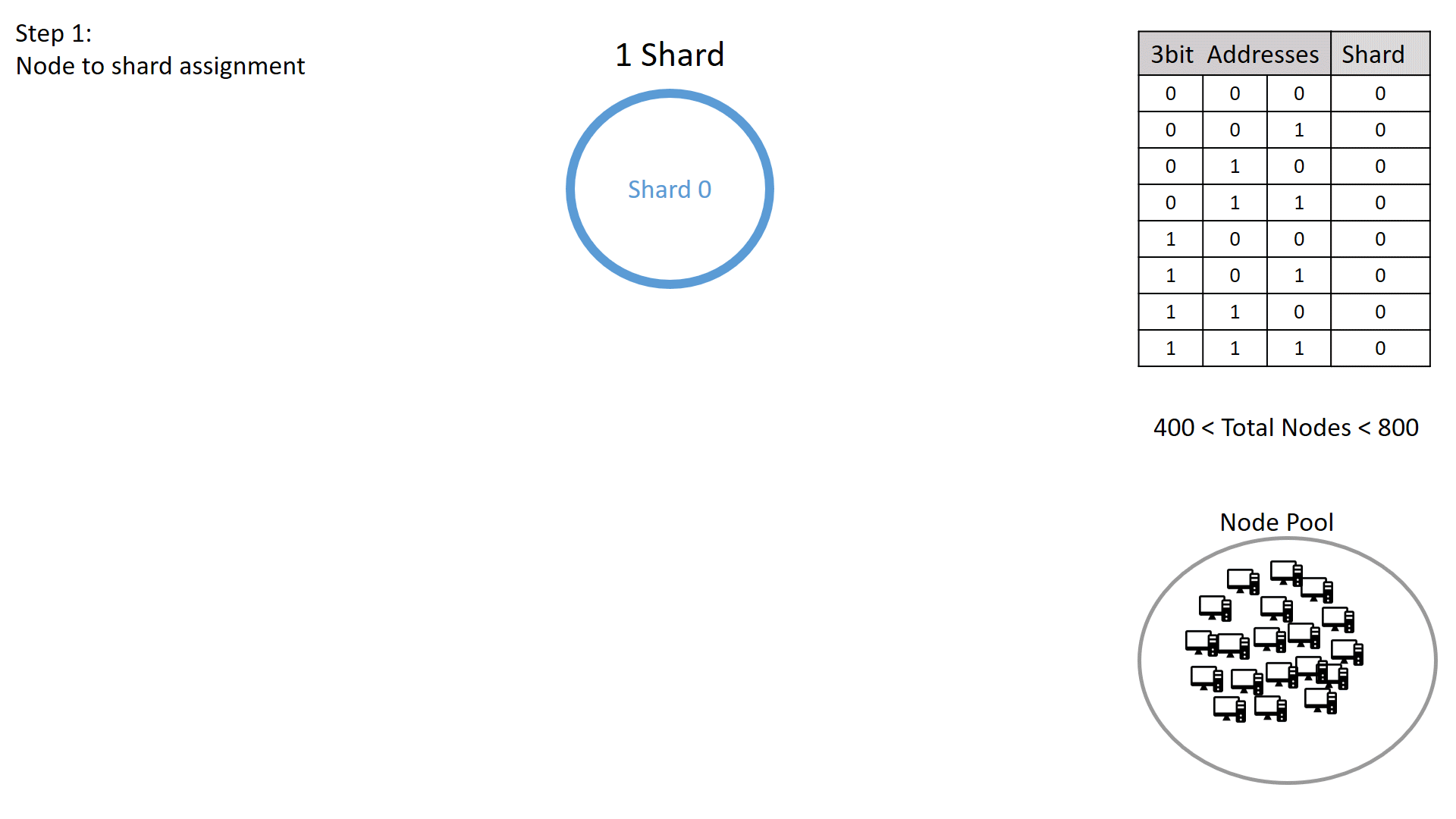Understanding Elrond Network, Protocols and concepts - series 2.
Components of Elrond network.
the components of Elrond's network and how they work. There are three basis emphasis of Elrond's blockchain which are :
Adaptive Stage Sharding
Secure Proof Of Work, and
The Meta VM.
S1 : Adaptive State Sharding
 src
srcTransaction Sharding | Network Sharding |
|---|---|
| This section is developed to handle controls the pattern at which each transaction is mapped and sent to where it will be processed. Other Sharding types do not concern themselves with this. This is a method of reducing workload as much as possible. | In every approach to Sharding, this is the basic perhaps one of the challenging part as well as the mechanism that is used in mapping nodes to shards. Developer (s) using this approach (s) need to be wary of and put in consideration the possibility of a hacker gaining access to a shard hence it must be thoroughly configured so as not to jeopardize the essence of the methodology. |
State Sharding.
There have been several proposals whose approaches attempted to shard either of these three Sharding types (Transaction, Network and State Sharding). Combining the first two have proven to be effective without deteriorating effect on the storage and computing power. Far above simplicity is the State Sharding where each shard handles only a part of the chain state as compared to earlier blockchain where nodes maintain the entire network. To uphold resistance against attack, nodes in shards are reshuffled from time to time and they keep up with the process of synchronization.
Elrond's approach to Sharding combines all these three kinds and considering the complexity in combining the three pillars of Sharding, the method was foresaw to achieve the purpose thus:
to achieve optimum scalability without short-changing the availability of majority nodes. Even if there may exist downtime (which is not quite certain), the significance is expected to be at the lowest possible course that may affect very infinitesimal part of the nodes worthy of being overlooked.
the destination shard of a transaction is expected to be instantly traceable and dispatchable as well as the efficiency and adaptability of shards.
Join Elrond's Communities
| YOUTUBE | MEDIUM | TELEGRAM |
|---|
| CONTACT - EMAIL | WHITEPAPER | ROADMAP |
|---|
Nice write up. Very helpful. I followed all the links.